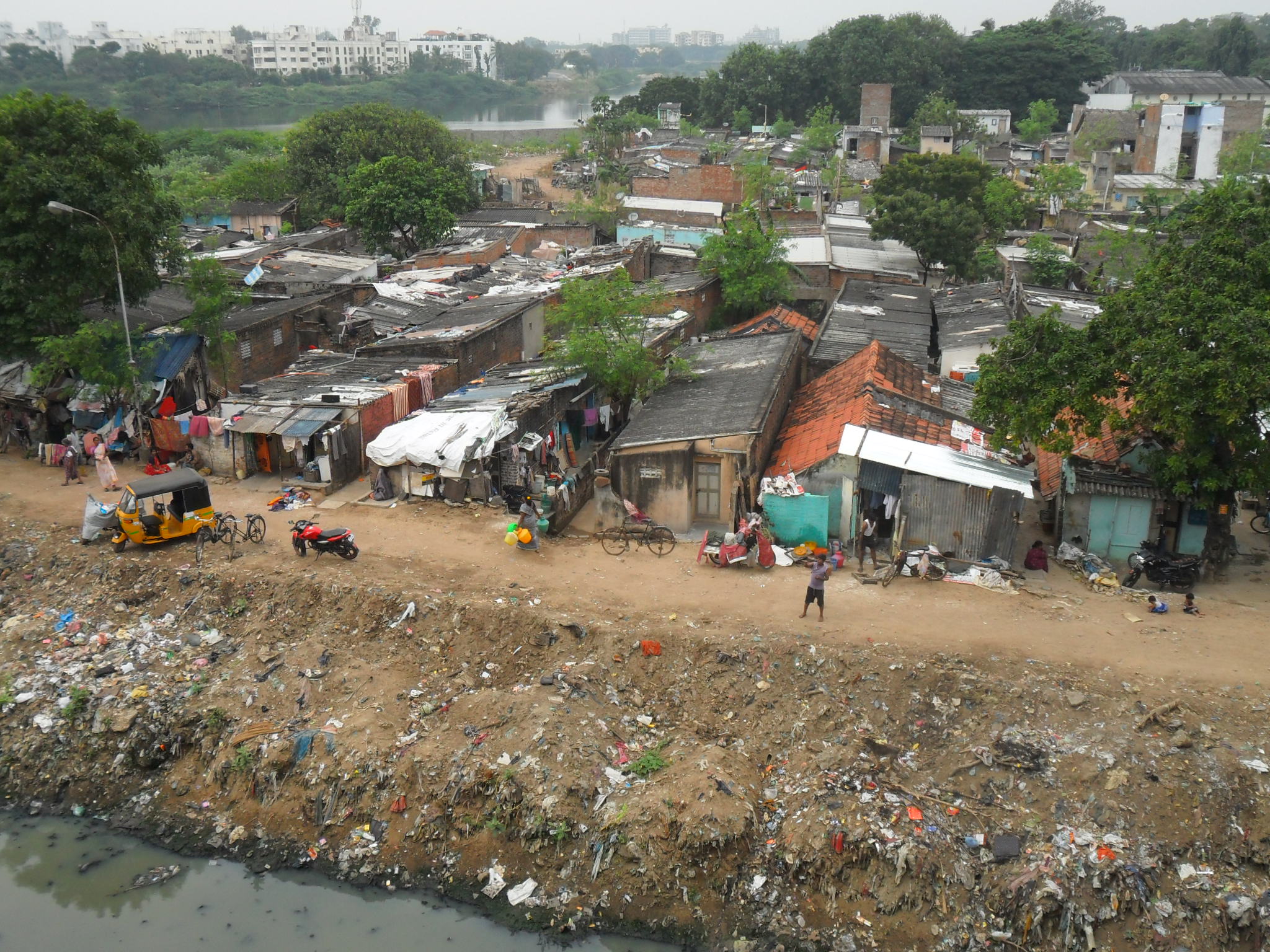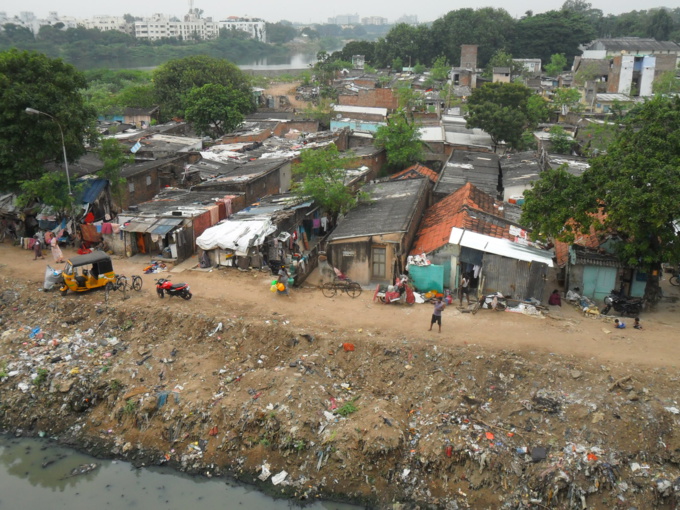It is expected that more than 75% of developed sovereign markets, estimated by Fitch, will have a weaker primary balance in 2017 compared to 2016. This is the highest rate since 2009.
According to James McCormack, head of the department of sovereign and supranational ratings at Fitch, debts of both developed and emerging markets make them "subject to a change in the global interest rate system."
Sovereign credit ratings have recently improved on a global scale thanks to synchronous growth of world GDP, restoration of cross-border trade, stabilization of commodity prices, as well as due to global macroeconomic policies that are still easy to develop, McCormack says.
At the same time, the gradual abandonment of a soft monetary policy can cause negative consequences.
Head of JP Morgan Jamie Dimon recently expressed his fear that closure of quantitative easing programs could become "chaotic and disorderly."
The forthcoming departure from soft monetary policy may affect markets around the world, as central banks - major buyers and sovereign debt holders in recent years - are becoming net sellers, the Financial Times notes.
The rapidly growing corporate debt in China is always mentioned as one of the main risks for the global economy. Experts of latest summer Davos warned that China's debt will increase by $ 20 trillion by 2020 (to a total of $ 50 trillion), and the debt-to-GDP ratio will soon be able to reach the level of the United States.
Now the ratio of national debt to GDP in the United States is 106.7%, and the debt itself exceeds $ 19.9 trillion. By September, the US should reach the established ceiling of the national debt, and it will have to be increased to $ 20 trillion or more.
There is a risk of a debt crisis in the corporate sector of the US. According to Moody's report, "borrowings of the non-financial sector of the US have reached unprecedented heights, as well as the non-financial sector’s debt to GDP ratio." This ratio was 253% at the end of the second quarter against 230% at the time of the onset of the global crisis (end of 2007).
Other countries are also suffering from the debt problem. Here are the top 10 states with the highest debt-to-GDP ratio, according to CIA World Factbook. It should be noted that many countries hit the top of the list not because of large borrowings in absolute terms, but due to low GDP.
1. Japan - 234.7% of GDP.
The first place in the list of debt-to-GDP ratio goes to Japan. The main problems of the country’s economy are rapid aging of the population and slow growth rates.
2. Greece - 181.6% of GDP.
The country has been suffering from a sovereign debt crisis since 2010. Greece continues to struggle to alleviate the debt burden, while international lenders constantly demand introduction of additional austerity measures. Such proposals meet lukewarm support in the country, which inhabitants arrange thousands of protest actions.
3-4. Lebanon - 132.5% of GDP.
"Lebanon acts as the prime suspect in the inability to withstand the debt crisis, given its weak solvency ratios," Carla Slim, an economist at Standard Chartered, told FT in June.
3-4. Italy - 132.5% of GDP.
Italy's debt is the second largest in the euro area and represents, perhaps, the most serious economic risk for the single currency block.
A number of local banks are currently backed by the government. If the system collapses, the consequences will be much worse than in Greece.
5. Jamaica - 130.1% of GDP.
The Caribbean island is one of the most credited countries in the world now. The state has often received loans from the IMF to pay off current debts, which only exacerbated the economy’s problems.
6. Portugal - 126.2% of GDP.
The country withdrew from its own rescue program in mid-2014, but is still trying to recover from the effects of the euro area debt crisis.
7. Eritrea - 119.8% of GDP.
This tiny African nation is one of the least developed countries in the world, and its GDP is just over $ 2.6 billion. "Eritrea has been suffering from a chronic budget deficit since instability in the region in 1998. This led to an extremely volatile burden of public debt, the World Bank notes.
8. Cape Verde - 116.8% of GDP.
The tiny Portuguese-speaking island country located in the Atlantic is rapidly increasing its debt burden: the debt-to-GDP ratio was only 70% in 2010.
9. Singapore - 110.5%.
In an attempt to solve the chronic problem of a high level of debt, the government is now trying to find new ways to grow the economy and increase productivity.
10. Grenada - 110%.
In recent years, the Caribbean island country has accumulated a lot of unsustainable debts and, as a result, has been forced to declare a default several times.
source: ft.com
According to James McCormack, head of the department of sovereign and supranational ratings at Fitch, debts of both developed and emerging markets make them "subject to a change in the global interest rate system."
Sovereign credit ratings have recently improved on a global scale thanks to synchronous growth of world GDP, restoration of cross-border trade, stabilization of commodity prices, as well as due to global macroeconomic policies that are still easy to develop, McCormack says.
At the same time, the gradual abandonment of a soft monetary policy can cause negative consequences.
Head of JP Morgan Jamie Dimon recently expressed his fear that closure of quantitative easing programs could become "chaotic and disorderly."
The forthcoming departure from soft monetary policy may affect markets around the world, as central banks - major buyers and sovereign debt holders in recent years - are becoming net sellers, the Financial Times notes.
The rapidly growing corporate debt in China is always mentioned as one of the main risks for the global economy. Experts of latest summer Davos warned that China's debt will increase by $ 20 trillion by 2020 (to a total of $ 50 trillion), and the debt-to-GDP ratio will soon be able to reach the level of the United States.
Now the ratio of national debt to GDP in the United States is 106.7%, and the debt itself exceeds $ 19.9 trillion. By September, the US should reach the established ceiling of the national debt, and it will have to be increased to $ 20 trillion or more.
There is a risk of a debt crisis in the corporate sector of the US. According to Moody's report, "borrowings of the non-financial sector of the US have reached unprecedented heights, as well as the non-financial sector’s debt to GDP ratio." This ratio was 253% at the end of the second quarter against 230% at the time of the onset of the global crisis (end of 2007).
Other countries are also suffering from the debt problem. Here are the top 10 states with the highest debt-to-GDP ratio, according to CIA World Factbook. It should be noted that many countries hit the top of the list not because of large borrowings in absolute terms, but due to low GDP.
1. Japan - 234.7% of GDP.
The first place in the list of debt-to-GDP ratio goes to Japan. The main problems of the country’s economy are rapid aging of the population and slow growth rates.
2. Greece - 181.6% of GDP.
The country has been suffering from a sovereign debt crisis since 2010. Greece continues to struggle to alleviate the debt burden, while international lenders constantly demand introduction of additional austerity measures. Such proposals meet lukewarm support in the country, which inhabitants arrange thousands of protest actions.
3-4. Lebanon - 132.5% of GDP.
"Lebanon acts as the prime suspect in the inability to withstand the debt crisis, given its weak solvency ratios," Carla Slim, an economist at Standard Chartered, told FT in June.
3-4. Italy - 132.5% of GDP.
Italy's debt is the second largest in the euro area and represents, perhaps, the most serious economic risk for the single currency block.
A number of local banks are currently backed by the government. If the system collapses, the consequences will be much worse than in Greece.
5. Jamaica - 130.1% of GDP.
The Caribbean island is one of the most credited countries in the world now. The state has often received loans from the IMF to pay off current debts, which only exacerbated the economy’s problems.
6. Portugal - 126.2% of GDP.
The country withdrew from its own rescue program in mid-2014, but is still trying to recover from the effects of the euro area debt crisis.
7. Eritrea - 119.8% of GDP.
This tiny African nation is one of the least developed countries in the world, and its GDP is just over $ 2.6 billion. "Eritrea has been suffering from a chronic budget deficit since instability in the region in 1998. This led to an extremely volatile burden of public debt, the World Bank notes.
8. Cape Verde - 116.8% of GDP.
The tiny Portuguese-speaking island country located in the Atlantic is rapidly increasing its debt burden: the debt-to-GDP ratio was only 70% in 2010.
9. Singapore - 110.5%.
In an attempt to solve the chronic problem of a high level of debt, the government is now trying to find new ways to grow the economy and increase productivity.
10. Grenada - 110%.
In recent years, the Caribbean island country has accumulated a lot of unsustainable debts and, as a result, has been forced to declare a default several times.
source: ft.com



















